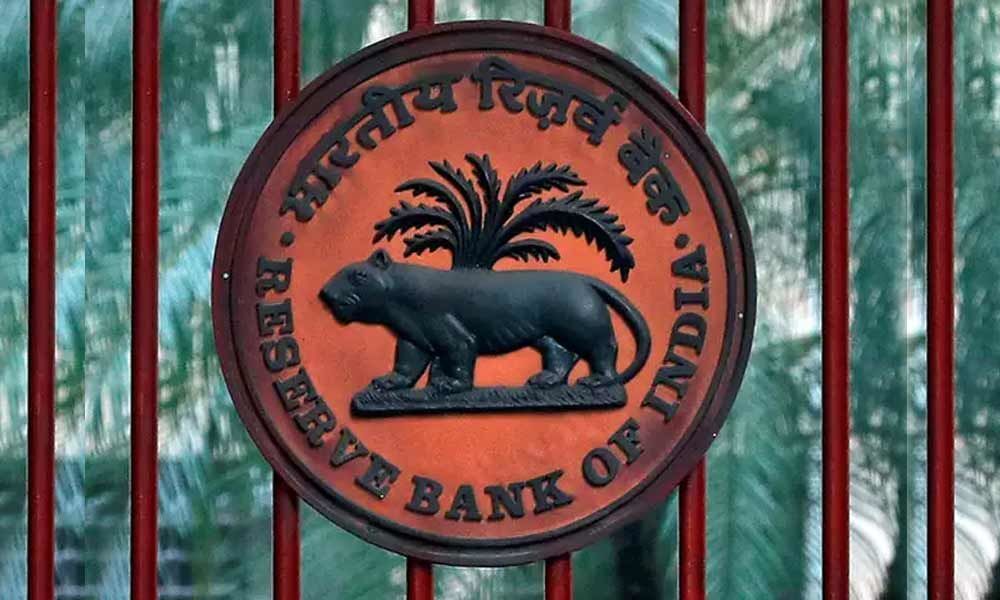Rising hopes of RBI rate cut

As the country moves closer to the first phase of the General Elections scheduled for April 11, all eyes are on Reserve Bank of India (RBI) and its six-member Monetary Policy Committee (MPC) which will announce first monetary policy of the new financial year on Thursday after three days of deliberations on the contours of the policy, that began on Tuesday.
The MPC is widely expected to reduce key interest rates by at least 25 basis points (bps). If that happens, this will be second consecutive rate cut by the apex bank within two months. On February 7, RBI reduced key repo rate at which it lends to banks by 25 bps to 6.25 per cent. That rate cut came after a gap of 18 months.
Urjit Patel who was RBI governor till December 10, 2018 did not go for rate cut, citing higher inflation trajectory, while the Modi government wanted lower interest rates to boost growth.
That's was one of the reasons why Patel had to quit before his tenure ended. Shaktikanta Das who replaced Patel as 25th RBI Governor went for rate cut in the first monetary review meeting that he chaired.
A retired bureaucrat who earlier worked as Economic Affairs Secretary when the Modi government demonetised high-value currency notes, Das brought growth into the main focus of RBI. As consequence, MPC changed policy stance from 'calibrating tightening' to 'neutral', apart from announcing the rate cut last time.
Macroeconomic fundamentals are also favouring a second rate cut. Growth in eight core sectors slipped to 2 per cent in February from a high of 5.4 per cent in the same month last year.
Of course, the reading inched up from January's 1.5 per cent, but it was primarily because of higher coal production and lower contraction in the refined products. Nevertheless, lower growth is definitely bad news, which warrants a rate cut.
Further, retail inflation stood at 2.1 per cent in February, which is still below RBI's target of 4 per cent. So, inflation will not come in the way of RBI if it goes for a cut this week.
Signals from other economies indicate that global growth will hit slow lane, which is another reason for the apex bank to turn dovish.
If Das and his team announces rate cut and brings key rate to six per cent on Thursday, that means reversing of two rate hikes effected by his predecessor Patel in 2018. But there is another element too.
The two consecutive rate cuts will obviously have multiple effects. Equity investors will lap up the generosity of the RBI by pumping more funds into stock markets. So, it's yet another boom time for bourses.
Further, the Modi government will get second rate cut boost as it wages electoral battle starting from April 11. But the important aspect here is whether banks will pass on the rate cut benefits and reduce interest rates.
Banks never act as swiftly as RBI. They take their own sweet time before transmitting the rate cut benefits to customers. But RBI and the central government may nudge banks to do the favour now as it's election time.


